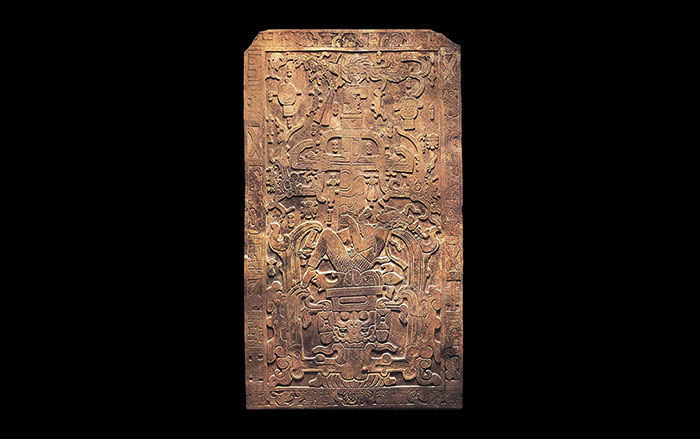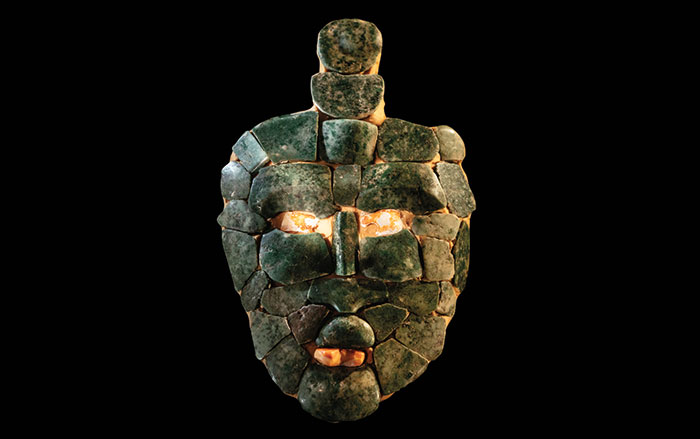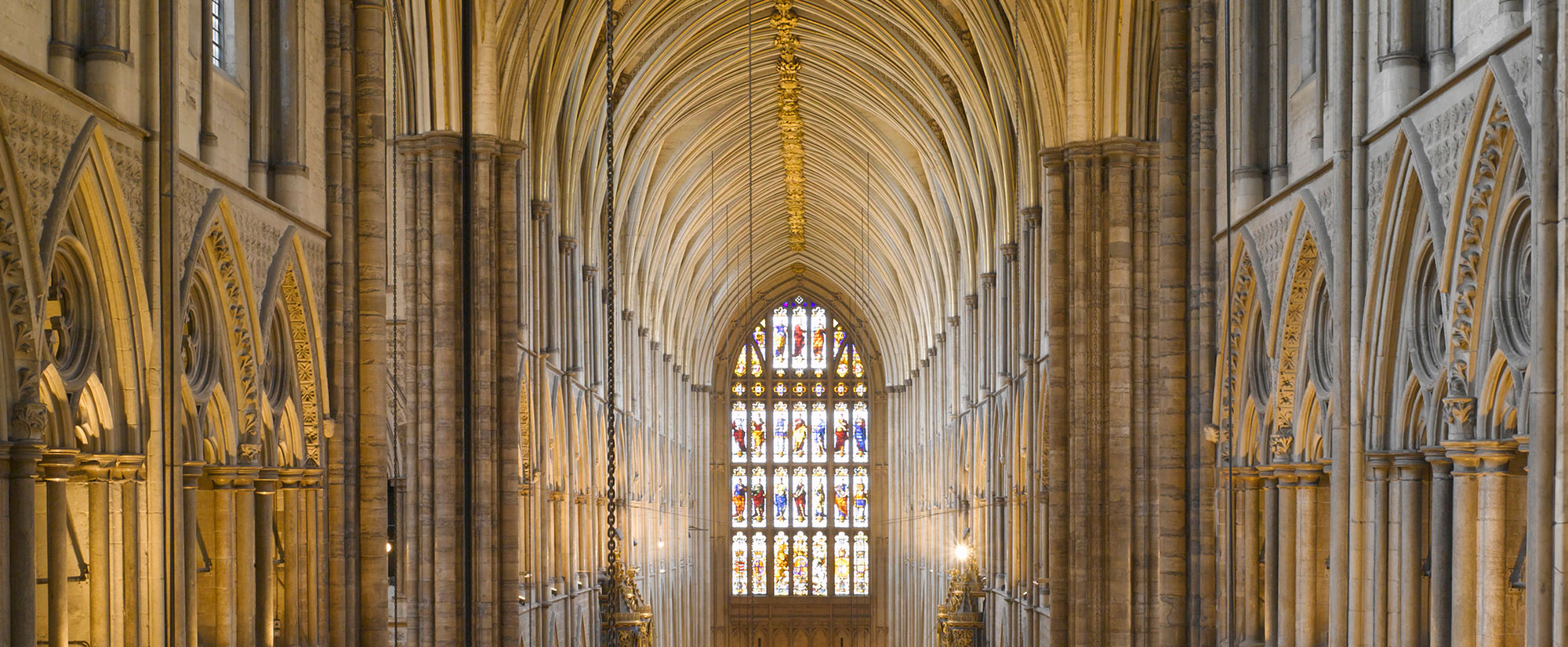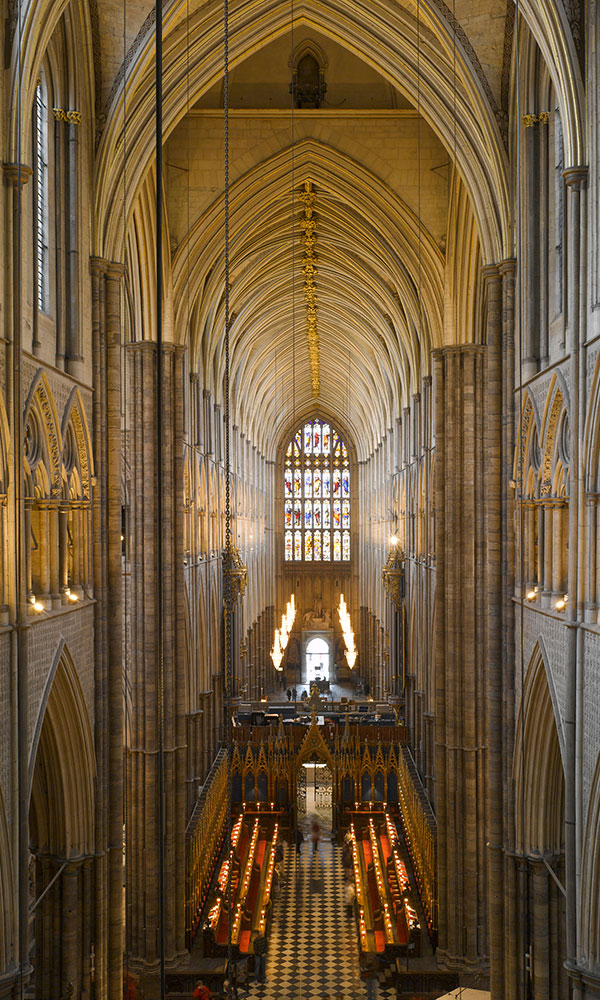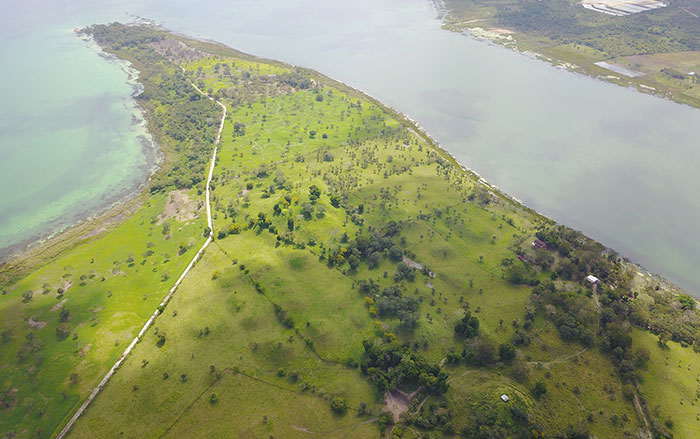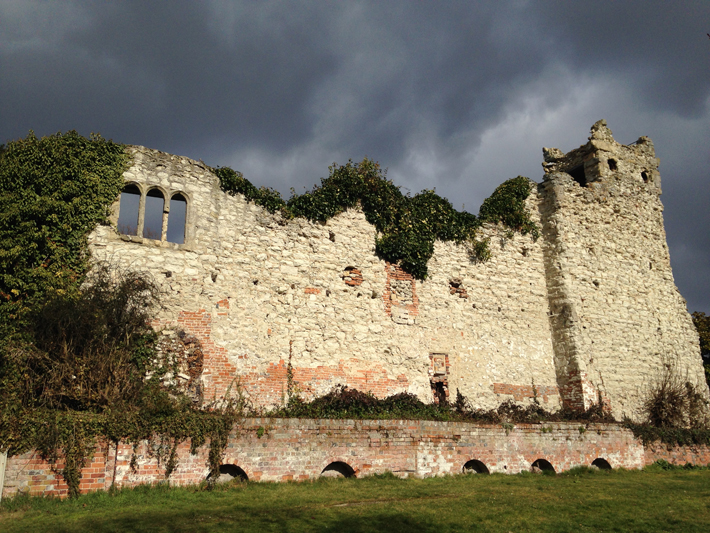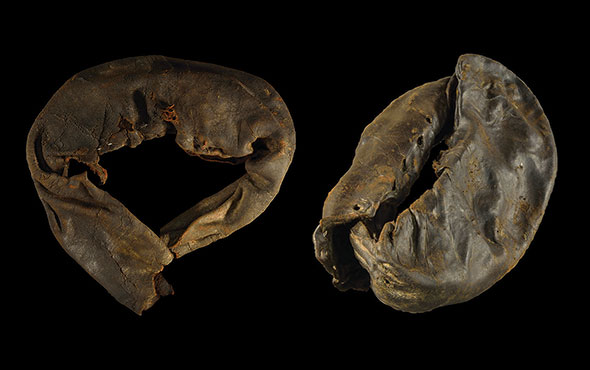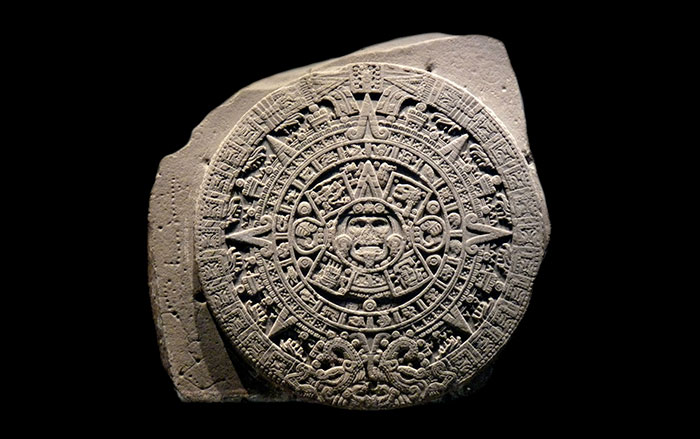
FAIRFAX, VIRGINIA—Live Science reports that some of the pumas and jaguars slaughtered and buried at the Maya site of Copán as early as the fifth-century A.D. may have been raised in captivity. Nawa Sugiyama of George Mason University and her colleagues analyzed isotopes in the bones and teeth of big cats whose remains were uncovered in five ritual sites in the ancient city. Some of the bones had high levels of C4, a molecule common in agricultural plants, which suggests the cats were fed animals that ate plants raised by humans, and hence that the cats lived in captivity. Other big cat bones had high levels of C3, a molecule found in wild plants, which suggests these animals were killed in the wild. The remains of animals such as deer, owls, spoonbills, and crocodiles were tested as well. Isotope analysis suggests some of these animals originated in distant regions of the Copán Valley. Sugiyama said the Maya practice of trading wild and captured animals for ritual purposes may have been more extensive than previously thought. For more on the Maya, go to “The City at the Beginning of the World.”



